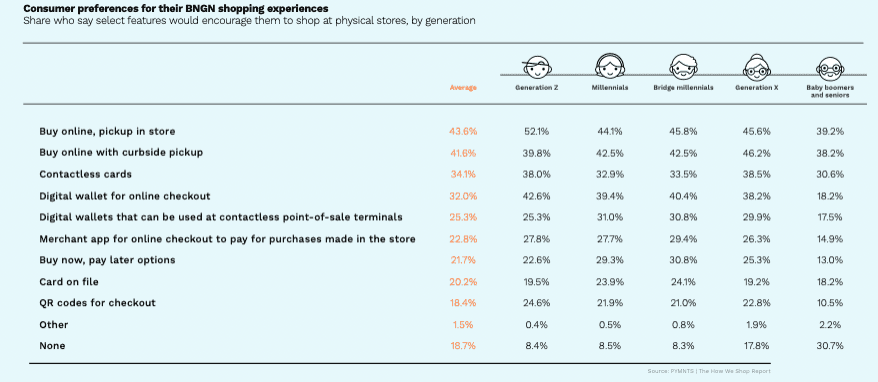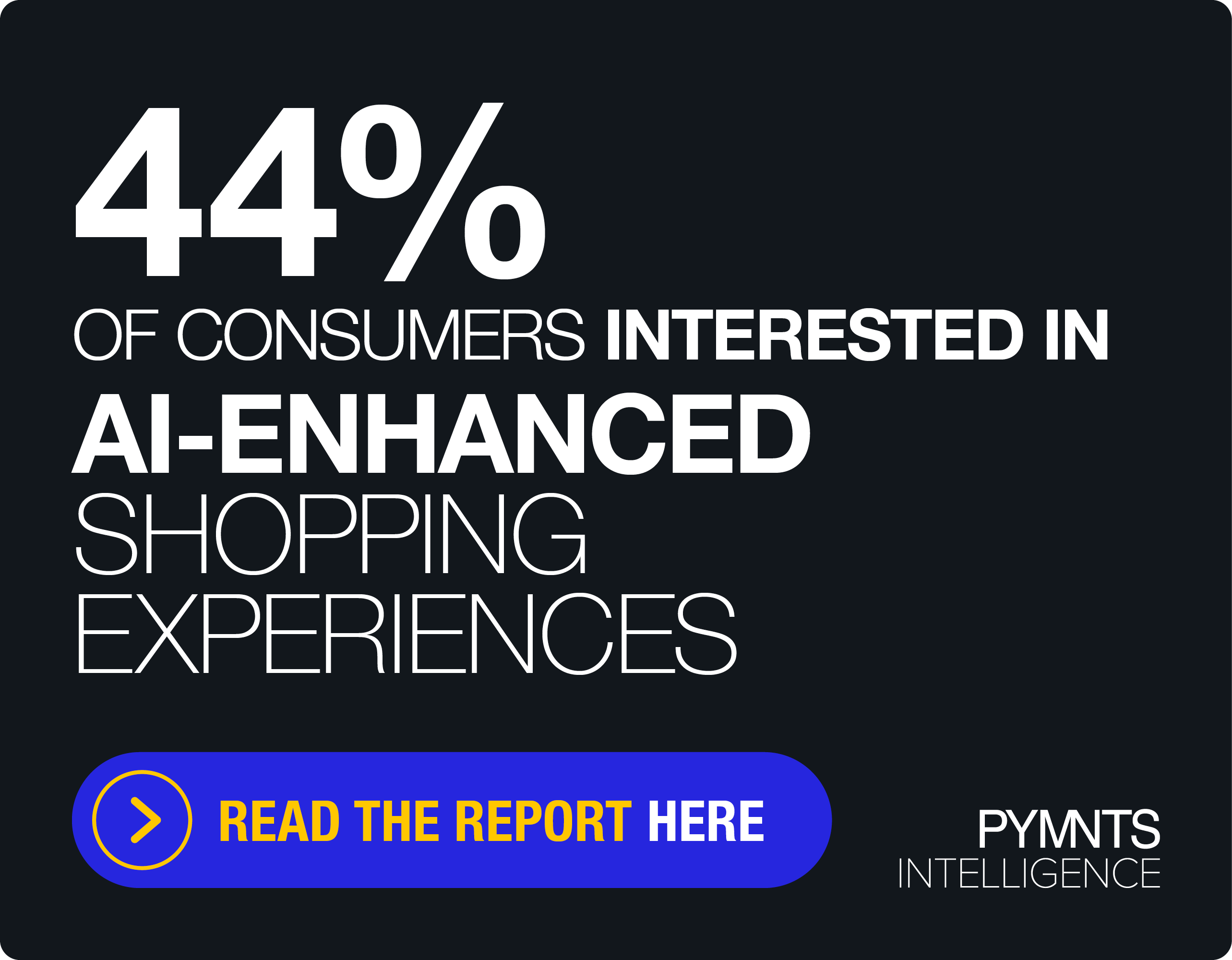Occasionwear Retailers Benefit from Needs of Buy Now, Get Now Consumers

Amid the accelerated shift to eCommerce over the past 18 months, apparel purchase behaviors have changed the most — 17% of all consumers are buying more of their clothing and accessories online than they did last year, according to PYMNTS data, including nearly 20% of both Gen Xers and Gen Zers.
Andy Solomon, president of women’s clothing retailer Windsor, said he’s watched as other retailers have succumbed to the digital tide and been forced to shutter some or all of their locations, if not their entire business. But Windsor, he said, is actually benefiting from the buy now, get now (BNGN) consumer given its focus on occasionwear, leading to a doubling down on brick-and-mortar locations.
“We have this kind of built-in demand where people are coming to get a dress or an outfit for the occasions and events in their life throughout the year,” Solomon told PYMNTS in a recent interview. “And sometimes, it’s for tonight. If it’s for tonight, she needs to walk into a store, try on the dress and take it home.”
Related news: Half of Shoppers Making More Buy Now, Get Later Transactions Than Last Year
Windsor aims to open almost 70 new stores this calendar year, including nearly two dozen between October and the end of the year, bringing its total number of locations to nearly 300. Next year, the retailer wants to open between 30 and 35 stores.
All of Windsor’s stores are mall-based, which historically has worked well for the retailer, Solomon said, even as the closure of traditional box-store tenants at thousands of shopping centers drags down foot traffic.
“Has it changed over the years? Yes,” Solomon said. “But we’ve been quite disciplined throughout our real estate strategy, and we’re very diligent about what deals we will and won’t do.”
He added that Windsor has also seen “a lot of our competitors that, for a whole host of reasons, have not succeeded,” which creates greater opportunity. “We’ve tried to make very prudent, smart decisions, and so far, we’ve had great success,” Solomon noted.
Mall traffic across the U.S. is dwindling. Location analytics company Placer.ai said visits to indoor malls were down 2.5% in August and 6.5% in September compared to 2019, despite the return of back-to-school shopping after missing last year. Over the past six months, only July has seen an increase in traffic compared to two years ago, at 1%.
The Omnichannel Shopper
Ultimately, Solomon said Windsor aims to be accessible to its customers, no matter how they choose to shop. “It’s not up to us to define how she wants to shop,” he said. “We need to have the ability to provide those options” based on needs or preferences.
“Some people like to order a bunch of stuff and have it arrive at the door to try it on,” Solomon added. “Some like to go and shop in-store and have that experience with friends.”
Windsor has yet to launch buy online, pick up in-store (BOPIS) capabilities, though Solomon said that is slated for later next year to help expand the retailer’s omnichannel capabilities. Half of eCommerce returns occur at Windsor locations, which demonstrates that “our customer truly is omnichannel.”
Still, Windsor may be missing out on some sales. PYMNTS data shows that 44% of all consumers would shop at physical stores with BOPIS more often, including 52% of Gen Zers and 44% of millennials, which comprise Windsor’s core customer base.
 Solomon said Windsor’s traffic is helped, though, by the codependency between retailers in the shopping center environment. “We believe there is still tremendous traffic that comes into malls,” he said.
Solomon said Windsor’s traffic is helped, though, by the codependency between retailers in the shopping center environment. “We believe there is still tremendous traffic that comes into malls,” he said.
